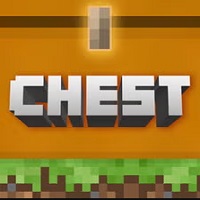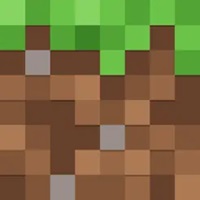Minecraft Backup and game data ensures…
Minecraft is more than just a game—it’s a universe of creativity, adventure, and community-building, which makes it an ideal niche for bloggers. If you’re starting or expanding a blog, creating a dedicated Minecraft category can attract enthusiasts of all ages. But where do you begin, and how do you make it engaging and relevant? Here’s a look at how to craft a successful Minecraft blog category that appeals to both beginners and experienced players, focusing on community interaction, useful content, and a unique voice.
Understanding Your Minecraft Audience
A Minecraft blog has the potential to attract a wide range of readers: young gamers, parents, seasoned players, and even educators who use the game as a teaching tool. This diversity means that your Minecraft category should include various types of content, from beginner guides to advanced tutorials and even theoretical discussions on game mechanics.
Take time to interact with your audience in the comments section or on social media to understand their needs. Minecraft players are particularly vocal about their in-game experiences, and encouraging discussions can help you generate ideas for future content. By understanding your readers’ preferences, you can provide more relevant and engaging posts, from survival tips to creative building inspiration.
Content Ideas for a Minecraft Blog Category
Guides and Tutorials
Minecraft APK has endless possibilities, from crafting simple shelters to constructing elaborate fortresses. Step-by-step guides are a staple for any Minecraft blog. Beginners appreciate basic tutorials, like “How to Survive Your First Night,” while experienced players might enjoy in-depth explanations of redstone circuitry or enchanted items. Walkthroughs for various game modes (Survival, Creative, Hardcore) can also draw in a diverse audience.
Mod and Texture Pack Reviews
The Minecraft modding community is massive, with thousands of mods that change everything from gameplay mechanics to graphics. If you’re familiar with modding, try creating reviews or “Top 10” lists for mods, texture packs and Item Mod. Mod reviews help readers enhance their gameplay experience and discover new ways to enjoy Minecraft. Each post could delve into compatibility issues, installation tips, and gameplay changes—keeping it accessible for newcomers and seasoned mod users alike.
Building Inspiration
Sharing ideas for creative builds is one of the most engaging ways to connect with your readers. You could showcase your own builds or spotlight community-made structures, from grand castles to pixel art and cities. Include screenshots and block-by-block instructions, encouraging readers to submit their own creations, which fosters a sense of community.
Updates and News
Minecraft is a constantly evolving game, with regular updates that add new content, fix bugs, and refine gameplay. Providing news and analysis of updates can position your blog as a go-to resource for the latest changes. For example, explain how new mobs, biomes, or crafting options might affect gameplay, giving readers something new to explore every time they log in.
Minecraft Events and Community Projects
Minecraft fans love community-driven projects and events like charity builds, competitions, or large collaborative worlds. Highlighting these events can provide exciting content for your readers and potentially increase your blog’s visibility within the Minecraft community. If possible, participate in or organize an event and document the experience.
Creating a Community with Your Blog
Minecraft fans value community, making this aspect crucial to a successful blog. Encourage readers to leave comments, ask questions, and share their Minecraft experiences. Run a dedicated hashtag on social media for readers to tag their creations and challenges, creating a space where your audience can showcase their builds and discoveries.
Consider running challenges on your blog, such as a “Best Redstone Creation” or “Ultimate Survival House” competition, and feature the winners in a monthly roundup post. This type of content fosters interaction and helps readers feel like they’re part of something bigger, rather than simply browsing for information.


